30 Genuine Indian Spreads That Bring Bold Flavor Home
Indian spreads represent a vibrant culinary landscape bursting with rich flavors and cultural significance.
Regional diversity shapes these delectable accompaniments that transform ordinary meals into extraordinary experiences.
Ingredients sourced from local landscapes contribute unique textures and aromatic profiles to each spread.
Traditional techniques passed through generations ensure authentic preparation methods remain respected and preserved.
Families guard secret recipes that reflect their heritage and regional identities with passionate dedication.
Spices play a crucial role in creating complex, multilayered taste sensations that tantalize taste buds.
These condiments range from smooth, creamy textures to fiery, intense compositions that challenge and delight palates.
Prepare to journey through a gastronomic adventure featuring 30 authentic Indian spreads that promise to revolutionize your understanding of culinary artistry:
Authentic Indian Spreads for Every Meal
Indian spreads, from spiced chutneys to creamy raitas, turn simple meals into flavor-packed experiences. Slather, dip, or drizzle, there’s no wrong way to enjoy them.
Chutney
Indian chutneys are zesty, colorful condiments that transform ordinary meals into spectacular flavor experiences.
These vibrant relishes blend fresh fruits and vegetables with exotic spices like cumin, cardamom, tamarind, and turmeric into small, intensely flavored accompaniments.
Homemade recipes passed through generations define family culinary traditions across India.
Families carefully prepare these condiments by chopping ingredients into small chunks and seasoning them with precise spice combinations.
Chutneys complement main dishes by cooling the palate and adding complex layers of taste.
Each region in India boasts unique chutney variations reflecting local ingredients and cultural preferences.
Sun-matured recipes stored in glass jars represent generations of culinary expertise.
Rural and urban Indian households consider chutneys essential to creating a complete, satisfying meal.
Mango Chutney (Aam Ki Chutney)
Mango chutney bursts with complex sweet-tangy flavors balanced by warm spices, originating in Indian cuisine as a versatile condiment.
Ripe mangoes form the base, combined with ginger, garlic, red chili peppers, and aromatic spices like cumin, coriander, and cinnamon.
Brown sugar adds depth and sweetness to the mixture, creating a harmonious blend of tastes.
Cooks slowly simmer the ingredients until they break down and meld together, developing rich layers of flavor.
Restaurants and home kitchens use this sauce as a spread, dip, or flavor enhancer for curries, sandwiches, and grilled meats.
Each region in India offers unique variations with slightly different spice combinations.
Traditional recipes prioritize balancing sweet, sour, and spicy notes in every bite.
Generations have passed down this beloved condiment, making it a staple in Indian culinary traditions.
Coriander Chutney (Dhaniya Ki Chutney)
Coriander chutney explodes with fresh green herb intensity and serves as a zesty Indian condiment blending chopped coriander leaves, green chili peppers, ginger, lemon juice, cumin powder, and salt into a vibrant sauce.
Blended until smooth or chunky, this versatile preparation accompanies numerous dishes as a spread, dip, or flavor enhancer for popular street foods like bhel puri and sev puri.
Variations include yogurt, sugar, and mango powder additions that create unique flavor profiles.
Regional recipes modify ingredient ratios and textures based on local preferences.
Traditional preparation methods involve grinding ingredients to release maximum flavor and aroma.
Spicy and tangy notes define high-quality chutney versions.
Indian cuisine considers this condiment an essential accompaniment to many meals.
Families pass down specific chutney recipes through generations, maintaining distinct taste traditions.
Coconut Chutney (Nariyal Chutney)
Coconut chutney dominates South Indian cuisine as a vibrant condiment blending fresh coconut with zesty ingredients like shallots, tamarind, ginger, chiles, and fragrant curry leaves.
North Malabar region specialists craft two distinct versions - liquid and solid - with traditional preparation methods using an ammikal (mortar and pestle) creating superior taste compared to machine-processed versions.
Liquid chutney pairs perfectly with idlis and dosas, while solid uruttu chammanthi accompanies rice dishes during lunch and dinner.
Fresh coconut forms the foundation of this complex sauce, delivering a rich and nuanced flavor profile.
Regional variations showcase subtle differences in spice combinations and grinding techniques.
Hand-grinding ensures maximum flavor extraction and texture.
Authentic preparation demands careful selection of fresh ingredients.
Homemade versions consistently outperform restaurant or packaged alternatives.
Tamarind Chutney (Imli Ki Chutney)
Tamarind chutney sparkles as a zesty Indian condiment bursting with complex sweet-sour flavors from tamarind's natural tang.
Jaggery, coriander, cumin, red chili peppers, ginger, and salt combine into a smooth blend that elevates every bite of traditional snacks like samosas, idlis, and vadas.
Regional variations include dates or garam masala for additional depth and character.
Cooking ingredients softens their texture before blending into a silky consistency.
Traditional preparation involves careful simmering to meld spices and create balanced taste profiles.
Street vendors and home kitchens across India treasure this versatile sauce as a essential accompaniment.
Generations have perfected this recipe, passing down techniques that transform simple ingredients into a vibrant culinary experience.
Each spoonful tells a story of regional spice traditions and cultural richness.
Green Chutney (Hari Chutney)
Green chutney is a zesty, nutrient-packed Indian condiment blending fresh herbs and spices into a vibrant green sauce.
Coriander leaves, mint, and green chili peppers form its core flavor profile, complemented by ginger, garlic, and aromatic spices like cumin and chaat masala.
Regional variations introduce unique ingredients, creating diverse taste experiences across different parts of India.
Healthy and versatile, this chutney serves as a tangy spread, dip, or flavor enhancer for snacks, sandwiches, and chaats.
Gram dal, sugar, salt, asafoetida, and lemon juice balance its complex taste.
Blended until smooth, green chutney offers a refreshing and zesty kick to many dishes.
Nutritionists consider it one of the healthiest Indian condiments due to its raw, herb-based composition.
Indians traditionally prepare this sauce to elevate meals with its bright, fresh flavor.
Ginger Chutney (Adrak Ki Chutney)
Ginger chutney is a zesty South Indian condiment originating from Awadh, blending fiery ginger with split black and Bengal grams, green or red chilis, and a complex spice mix of coriander, cumin, and mustard seeds.
Regional variations incorporate additional ingredients like onions, tomatoes, or coconut to enhance its robust flavor profile.
Roasting ingredients forms the foundation of this traditional preparation, where spices and grams are carefully fried before blending with water, salt, and a touch of sweetness from sugar or jaggery.
Each spoonful delivers a tangy, spicy punch that complements rice, dosas, and various South Indian dishes.
Curry leaves add an aromatic depth to the chutney's intense flavor.
Tamarind contributes a distinctive sour note that balances the heat.
Texture ranges from smooth to slightly coarse, depending on grinding technique and regional preferences.
Mint Chutney (Pudina Chutney)
Mint chutney electrifies Indian cuisine with its zesty green blend of fresh mint leaves, cilantro, lemon juice, ginger, garlic, and chili peppers ground into a smooth, creamy condiment.
Regional variations showcase unique ingredient combinations that enhance its complex flavor profile.
Restaurants and home kitchens across India prepare this versatile sauce with subtle spice modifications.
Authentic mint chutney balances tangy and herbal notes without overwhelming sourness.
Salt and water help achieve its signature consistency and bright emerald color.
Street food vendors and home cooks frequently serve this vibrant accompaniment with pakoras, samosas, kebabs, idlis, dosas, and sandwiches.
Small batches preserve maximum freshness and aromatic intensity.
Traditional recipes pass through generations, maintaining its cultural significance in Indian cuisine.
Tomato Chutney (Tamatar Ki Chutney)
Tomato chutney represents a spicy south Indian condiment blending roasted tomatoes, chilis, garlic, and spices into a vibrant sauce.
Local kitchens crush fresh ingredients in a traditional mortar, creating a tangy mixture bursting with intense flavors.
Regional variations include additional ingredients like urad dal, chana dal, sesame seeds, peanuts, onions, and ginger for complex taste profiles.
South Indian families serve this versatile chutney alongside breakfast staples such as dosa and idli.
Its bright red color signals a robust, zesty accompaniment that complements multiple dishes.
Each region adds unique spice combinations, making every batch distinctive.
Regional recipes pass through generations, preserving authentic cooking techniques.
Onion Chutney (Pyaaz Ki Chutney)
Onion chutney showcases India's rich spice blend mastered through generations of culinary expertise, transforming simple raw onions into a complex condiment packed with intense flavor profiles.
South Asian kitchens craft this tangy spread by grinding fresh onions with fiery red and green chilies, aromatic ginger, and warm spices like cumin and mustard seeds.
Regional variations incorporate unique ingredients that highlight local taste preferences and ingredient availability.
Traditional preparation involves slowly caramelizing onions to enhance their natural sweetness before mixing with carefully selected spices.
Oil helps bind the ingredients and creates a smooth, spreadable consistency that complements multiple dishes.
Restaurants and home cooks frequently serve this versatile condiment alongside sandwiches, roasted vegetables, or as a zesty dip.
Indian families often preserve special recipes passed down through generations, each adding personal touches to the basic formula.
Restaurants and home kitchens alike value this condiment for its ability to elevate simple meals with complex flavor dimensions.
Garlic Chutney (Lahsun Ki Chutney)
Garlic chutney represents a fiery Indian condiment bursting with intense flavors and robust garlic essence.
Regional variations across India showcase unique ingredient combinations like red chili peppers, coriander, cumin, and salt.
Lemon juice, sugar, shallots, tamarind, or coconut often enhance its complex profile.
Blended to a smooth or coarse texture, this versatile sauce complements multiple dishes including bhakri, roti, chaat, vada pav, idli, and khandvi.
Spicy, slightly sweet, and tangy notes define its exceptional taste.
Traditional preparation methods involve grinding fresh ingredients to create an aromatic spread or dip.
Chilli Chutney (Mirchi Ki Chutney)
Chilli chutney is a fiery South Asian condiment that blends hot peppers with aromatic spices into a bold, tangy sauce.
Red and green chili peppers form the core ingredient of this zesty preparation that packs intense flavor into every spoonful.
Garlic, cumin seeds, turmeric, mustard oil, and salt create a complex spice profile that elevates the chutney's taste.
Regional variations incorporate additional ingredients like grated coconut, curry leaves, lemon juice, sugar, or peanuts to customize the recipe.
Indian kitchens typically prepare this condiment as a versatile accompaniment to breads, rice dishes, and snacks.
Traditional preparation methods involve grinding or blending fresh ingredients to create a smooth or slightly chunky texture.
Some regions prefer a raw version, while others cook the ingredients to develop deeper flavors.
Households and restaurants across South Asia serve chilli chutney as a quick and spicy side that enhances almost any meal.
Apple Chutney (Seb Ki Chutney)
Apple chutney is a tangy and sweet Indian condiment that transforms simple apples into a complex flavor explosion.
Regional variations showcase this versatile sauce across different Indian cuisines, featuring unique spice combinations and preparation methods.
Traditional recipes blend ripe apples with aromatic spices like cinnamon, anise seeds, ginger, and chili peppers.
Ghee or oil helps caramelize brown sugar, creating a rich base for the chutney.
Cloves and turmeric add depth and warmth to the mixture.
Served at room temperature, apple chutney perfectly complements hot fried snacks like pakoras or acts as a delightful dessert accompaniment.
Its balanced sweet and spicy profile makes it a beloved side dish in Indian households.
Peanut Chutney (Moongfali Ki Chutney)
Peanut chutney is a creamy, spicy South Indian condiment bursting with robust flavors from roasted peanuts ground with fiery green or red chilis, garlic, and aromatic spices.
Telugu cuisine celebrates this versatile spread as a staple accompaniment to breakfast favorites like dosa, idli, uttapam, and paratha.
Cooks carefully fry each ingredient until fragrant and slightly browned, creating a rich, nutty base with complex depth.
Tamarind juice or fried black grams often enhance its distinctive taste profile.
Mustard seeds, cumin seeds, asafetida, red chilis, curry leaves, and garlic provide a traditional tempering that elevates the chutney's overall flavor.
Regional variations allow for subtle modifications in spice levels and ingredient combinations.
Families pass down unique recipes through generations, preserving this beloved condiment's cultural significance.
Bell Pepper Chutney (Shimla Mirch Ki Chutney)
Bell pepper chutney bursts with bold South Indian flavors, transforming simple red capsicums into a spicy-tangy condiment packed with intense taste.
Originating from traditional Indian cuisine, this vibrant chutney blends roasted red bell peppers with aromatic spices like channa dal, urad dal, cumin, and red chilies.
Garlic and tamarind paste add deep complexity and sharp undertones to the mixture.
Regional variations include optional ingredients like mustard seeds, curry leaves, ginger, or tomatoes for additional layers of flavor.
Small batches are typically prepared quickly in home kitchens across South India.
Versatile by nature, bell pepper chutney serves as a perfect accompaniment to idli, dosa, upma, and chapati, enhancing simple dishes with its rich, spicy profile.
Cucumber Chutney
Cucumber chutney bursts with fresh South Indian flavors, combining crisp cucumbers with aromatic spices into a zesty condiment.
Regional variations feature unique ingredient combinations like coconut, cumin seeds, and red chili peppers.
Blended to a coarse texture, this versatile chutney serves as a vibrant spread or dip alongside rice and street food snacks.
Jaggery adds subtle sweetness while gram dal provides nutty undertones.
Mustard and curry leaves contribute additional depth to its complex profile.
Coriander leaves bring a bright, herbal note to the mixture.
Small batches showcase each ingredient's distinct character, making this chutney a beloved component of South Indian cuisine.
Red Chutney (Lal Chutney)
Red chutney blends fiery red hot chili peppers with aromatic spices into a zesty condiment central to Indian cuisine.
Garlic, ginger, cumin, and tamarind combine with roasted bengal gram to create its signature tangy heat.
Variations might include chaat masala, sugar, tomatoes, or lemon juice for added complexity.
South Indian breakfast staples like dosa and idli frequently feature this spicy spread.
Cooks prepare red chutney by blending ingredients into a smooth paste and mixing with water.
Restaurants and home kitchens use it as a dip, spread, or flavor enhancer for chaat dishes and sandwiches.
Salt balances the intense flavors, making each bite a vibrant taste experience.
Regional differences add unique twists to this versatile condiment.
Cranberry Chutney
Cranberry chutney is a tangy Indian condiment bursting with bold flavors and versatile culinary applications.
Fresh cranberries form the vibrant base of this zesty sauce, complemented by aromatic spices like cumin, ginger, and coriander.
Green chili peppers add a spicy kick to the mixture, while jaggery balances the tartness with subtle sweetness.
Garlic and salt enhance the overall depth of flavor, creating a complex taste profile.
Traditional recipes often incorporate additional ingredients such as grated coconut or black gram for extra texture and nuance.
Regional variations showcase unique local twists, making each version slightly different from the next.
Families pass down treasured recipes through generations, ensuring this flavorful condiment remains a beloved staple in Indian cuisine.
Beetroot Chutney (Chukandar Ki Chutney)
Beetroot chutney is a vibrant South Indian condiment featuring raw or cooked beetroot as its signature ingredient.
Karnataka and Tamil Nadu regions popularized this tangy-sweet spread with its deep crimson color and complex flavor profile.
Chefs blend beetroot with classic spices like cumin, green chilies, and curry leaves to create a zesty accompaniment.
Garlic and lemon juice add sharp undertones that enhance the vegetable's natural sweetness.
Roasted chana dal and urad dal provide nutty crunch and depth to the mixture.
Regional variations include adding ginger, peanuts, or tamarind for extra complexity.
Traditional serving styles range from a dipping sauce for dosas and parathas to a flavorful spread for breads and crackers.
Eggplant Chutney
Eggplant chutney bursts with intense South Indian flavors, transforming humble eggplants into a spicy, tangy condiment.
Regional cooks blend roasted eggplants with green chili peppers, grated coconut, and tamarind for a complex taste profile.
Garlic, coriander leaves, and curry leaves add aromatic depth to this versatile spread.
Mustard seeds and oil provide additional flavor complexity during preparation.
Variations include jaggery, asafoetida, and urad dal for unique regional twists.
Families serve this chutney alongside rice, idli, dosa, chapati, and roti.
Cooking methods involve frying ingredients before blending into a coarse texture.
Rich in nutrients and bold in taste, this condiment elevates simple meals with its vibrant South Indian character.
Amba
Amba is a zesty pickled mango sauce originating from Indian and Iraqi culinary traditions.
Iraqi Jews from Baghdad first crafted this tangy condiment in 19th-century Bombay, spreading its unique flavor across Middle Eastern cuisine.
Unripe mangos form the base of this vibrant sauce, blended with salt, oil, garlic, and an aromatic mix of spices like cumin, fenugreek, and turmeric.
Chili peppers and vinegar provide a sharp kick to the sauce's complex profile.
Brown sugar balances the intense flavors, creating a perfect sweet-and-sour combination.
Iraqi cuisine particularly loves amba, serving it alongside eggs, kebabs, and seafood dishes.
Each spoonful tells a rich story of cultural exchange and culinary innovation.
The word "amba" itself simply means "mango" in its original language, reflecting the sauce's primary ingredient.
Almond Chutney
Almond chutney is a zesty South Indian condiment blending roasted almonds with aromatic spices like green chili peppers, mustard seeds, and curry leaves.
Rich in flavor and nutrition, this versatile sauce originates from traditional regional cuisine in southern India.
Ground almonds provide a creamy base that absorbs intense spices and seasonings.
Ginger and asafoetida add depth to its complex taste profile.
Salt and oil enhance the chutney's overall texture and palatability.
Variations include adding coriander leaves, lemon juice, or dry red chili peppers for extra complexity.
Regional differences mean each family might have a unique twist on this classic recipe.
Papaya Chutney
Papaya chutney is a zesty South Indian condiment bursting with tangy tropical flavors and a spicy kick from green chili peppers.
Raw grated papaya forms the base of this vibrant sauce, which combines mustard seeds, asafoetida, and turmeric for complex seasoning.
Regional variations include adding curry leaves, sugar, lemon juice, or ginger to customize the recipe's profile.
Traditional preparation methods involve careful spice tempering to enhance the chutney's aromatic qualities.
Restaurants and home kitchens across southern India serve this condiment alongside rice, dosas, and other staple dishes.
Nutritionally, papaya chutney offers vitamin-rich ingredients and probiotic benefits from fermentation techniques.
Stored in sealed containers, this condiment can last several weeks when prepared with proper preservation methods.
Gooseberry Chutney (Amla Chutney)
Gooseberry chutney blends tart Indian gooseberries with spicy green chili peppers into a zesty condiment bursting with intense flavor profiles.
Originating in Indian cuisine, this vibrant spread combines fresh gooseberries with aromatic ingredients like coriander leaves, ginger, and curry leaves.
Traditional recipes mix these elements with water and salt to create a smooth or coarse texture that complements rice and rotis.
Sesame seeds, cumin, mustard, and urad dal often enhance the chutney's complex taste.
Spicy and tangy notes define its signature character, making it a versatile accompaniment to many dishes.
Regional variations showcase different ingredient combinations that highlight local culinary preferences.
Served as a dip or spread, gooseberry chutney adds a punchy flavor dimension to meals.
Guava Chutney (Amrood Ki Chutney)
Amrood ki chutney spices up Indian cuisine with its bold, tangy blend of ripe guava and fiery peppers from Himachal Pradesh.
Regional kitchens transform fresh guavas into a zesty condiment by mixing them with hot peppers, cumin, and ginger.
Lime juice adds a sharp brightness that balances the fruit's natural sweetness.
Coriander leaves contribute a fresh, herbal note to the mixture.
Salt enhances the complex flavor profile of this versatile chutney.
Blending ingredients creates a smooth, vibrant sauce that complements grilled meats and vegetarian dishes.
Refrigerated amrood ki chutney stays fresh for several days, making it a convenient accompaniment to many meals.
Red Ant Chutney (Chapda Chutney)
Chapda chutney is a fiery, protein-rich condiment from eastern India featuring ground red ants and their eggs as its signature ingredient.
Tribal communities in Chhattisgarh, Odisha, and Jharkhand craft this unique spicy spread by crushing dried red ants with aromatic spices like coriander, garlic, and ginger.
Hot peppers, tomatoes, sugar, and salt complement the distinctive ant protein base, creating an intense flavor profile.
Traditional preparation involves mashing ingredients into a smooth paste and sometimes sautéing with chopped onions in hot oil.
Street vendors often wrap this specialized chutney in sal leaves for sale in local markets.
Nutritional value and distinctive taste make chapda chutney a prized regional delicacy.
Indigenous communities consider this condiment both a culinary tradition and valuable protein source.
Rich in formic acid and protein, the chutney offers a bold gastronomic experience that challenges conventional flavor expectations.
Red Sorrel Leaves Chutney
Gongura pachadi is a fiery South Indian chutney that boldly captures Andhra Pradesh's spicy regional cuisine through its signature red sorrel leaves.
Regional home cooks transform these tangy leaves into a vibrant condiment by boiling them with onions and green chili peppers.
Mustard seeds, urad dal, and curry leaves sizzle in hot oil, creating an aromatic base for the pachadi.
Salt and garlic enhance the chutney's complex flavor profile, balancing sharp and earthy notes.
Grinding the ingredients creates a smooth, intensely flavored sauce that complements rice, dosas, and other traditional dishes.
Red sorrel leaves provide a distinctive tanginess that sets this condiment apart from other Indian chutneys.
Urad dal adds a subtle nutty crunch to the final preparation.
Home kitchens across Andhra Pradesh celebrate this spicy, zesty condiment as a staple accompaniment to many meals.
Orange Chutney
Orange chutney brings a tangy burst of citrusy flavor that transforms simple meals into extraordinary culinary experiences.
Fresh oranges create the foundation of this vibrant Indian condiment, blending sweet and sour notes with complex spices.
Sugar balances the fruit's natural acidity while enhancing its bright taste profile.
Traditional recipes incorporate tamarind pulp, salt, and roasted cumin powder for deeper complexity.
Mustard seeds, urad dal, ginger, and chili peppers often appear in regional variations, adding layers of texture and heat.
Regional cooks customize their versions by incorporating ingredients like bengal gram dal or garlic.
Regional Indian kitchens have perfected this versatile condiment over generations.
Orange chutney pairs perfectly with rice, bread, and savory snacks, offering a zesty complement to many dishes.
Carrot Chutney
Carrot chutney represents a spicy South Indian condiment blending fresh carrots with aromatic spices.
Bold red chili peppers and sharp garlic intensify its robust flavor profile.
Urad dal provides a nutty crunch while grated coconut softens the tangy undertones.
Traditional preparation involves grinding raw carrots with mustard seeds, curry leaves, and tamarind for deep complexity.
Regional variations incorporate additional spices like cumin and asafoetida for unique regional twists.
Restaurants serve this vibrant side dish alongside dosas, idlis, and rice preparations.
Small batches keep fresh in refrigerators for several days, making it a convenient accompaniment.
Avocado Chutney
Avocado chutney blends creamy avocado with South Indian spices and herbs to create a zesty condiment packed with complex flavors.
Regional variations across India incorporate unique ingredients like coconut, green chili peppers, and curry leaves to enhance its taste profile.
Mustard seeds and asafoetida add depth and traditional seasoning to this versatile side dish.
Bengal gram provides additional texture and nutty undertones to the smooth avocado base.
Salt balances the chutney's spicy and tangy elements, creating a harmonious blend.
Typically served as a dipping sauce or accompaniment to dosas, idlis, and other South Indian dishes, this chutney offers a quick and flavorful complement to meals.
Fast preparation and minimal ingredients make avocado chutney a convenient and delicious addition to any dining experience.
What Base Ingredients Are Most Common in Indian Spreads?
Indian spreads are known for their vibrant flavors and varied textures, typically built on a few key base ingredients:
What Foods Are Traditionally Served with Indian Spreads?
Indian spreads play an essential role in adding flavor, texture, and balance to many dishes.
These vibrant accompaniments enhance meals by bringing complexity and richness, making each bite more satisfying. From breads to rice and snacks, spreads help unify diverse flavors and elevate the overall dining experience.

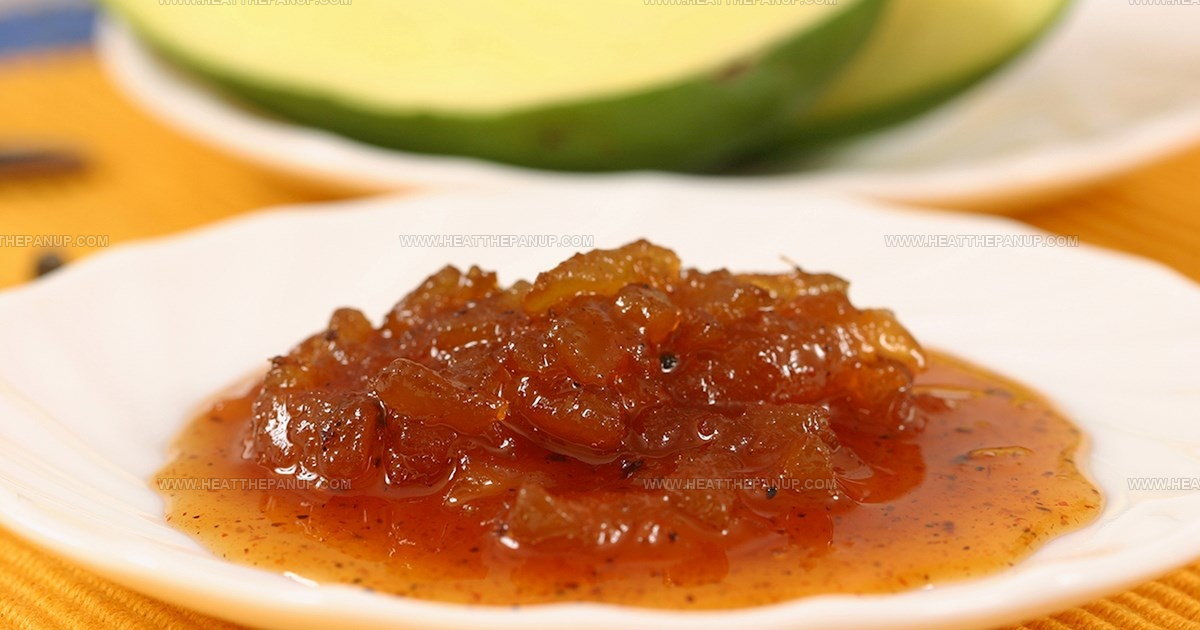
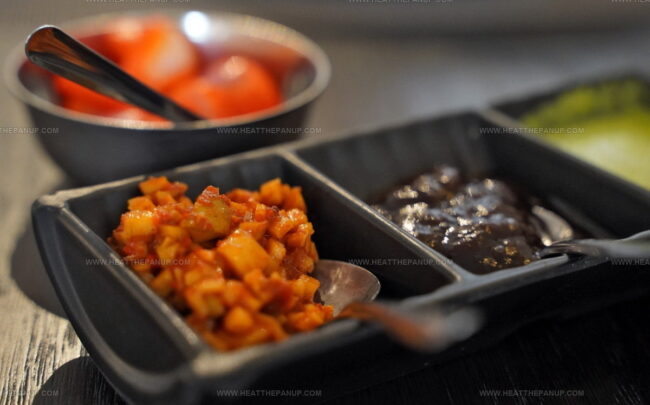
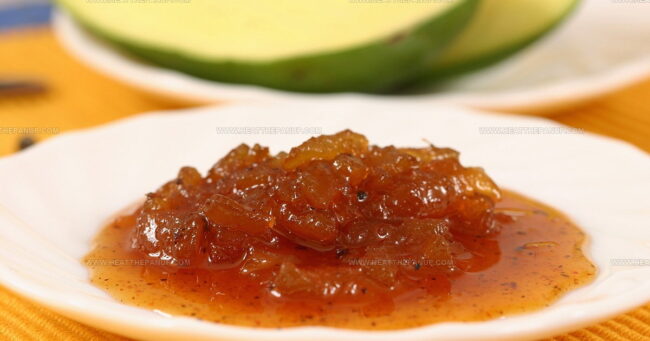
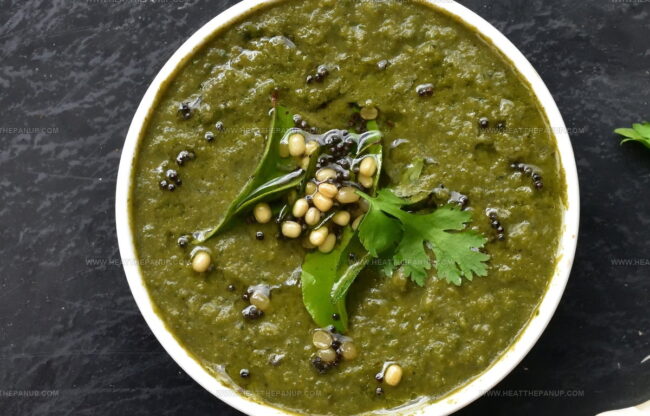
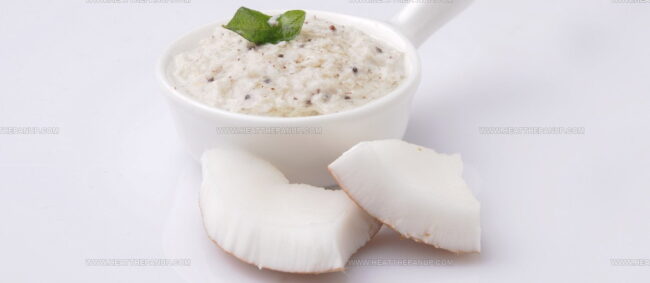
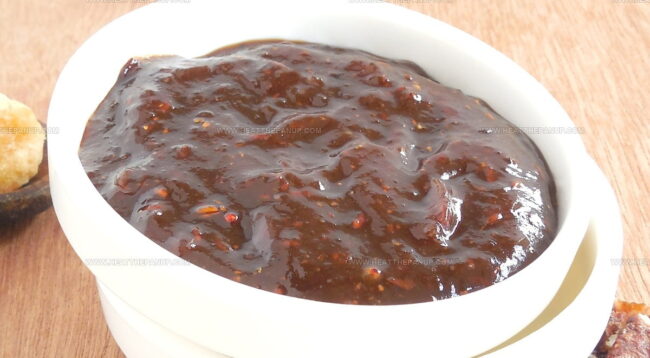
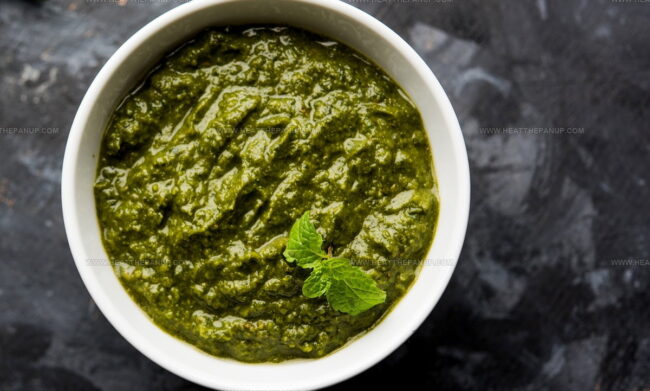
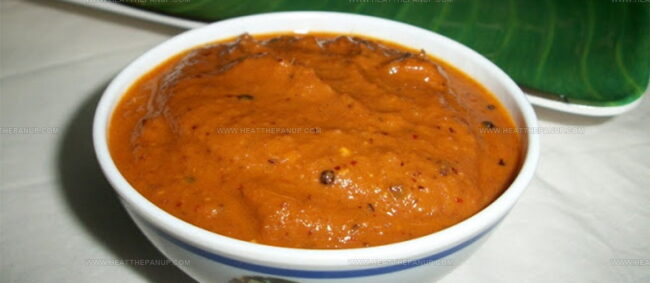
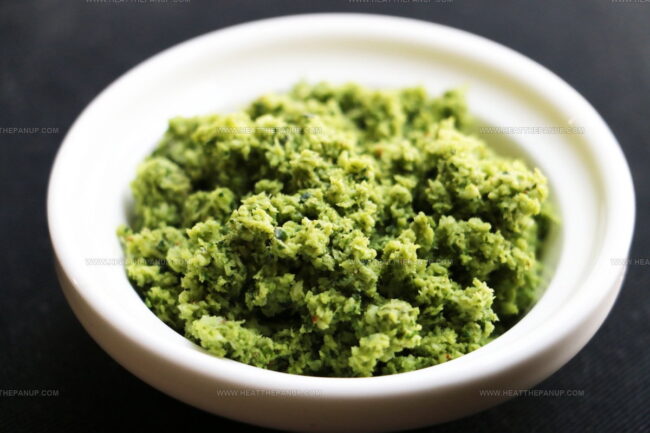
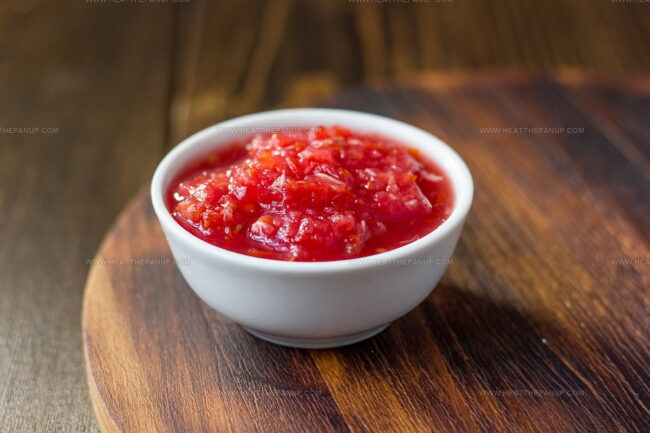

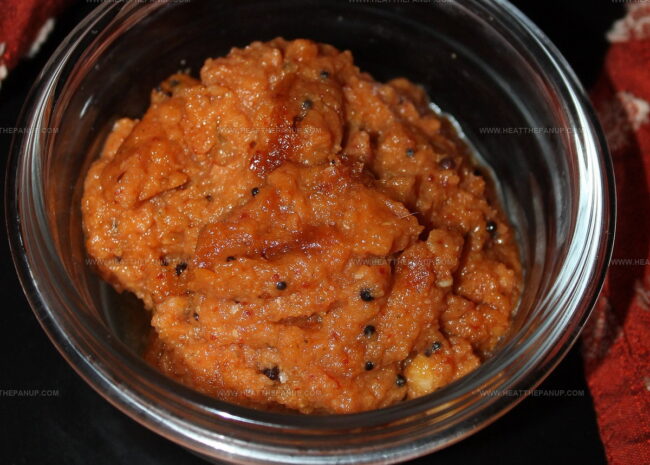
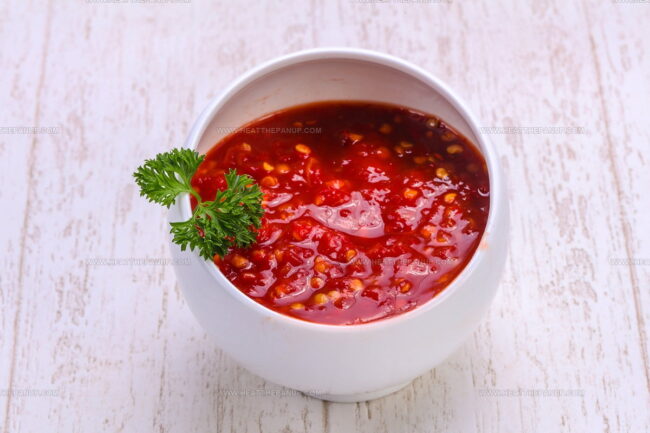
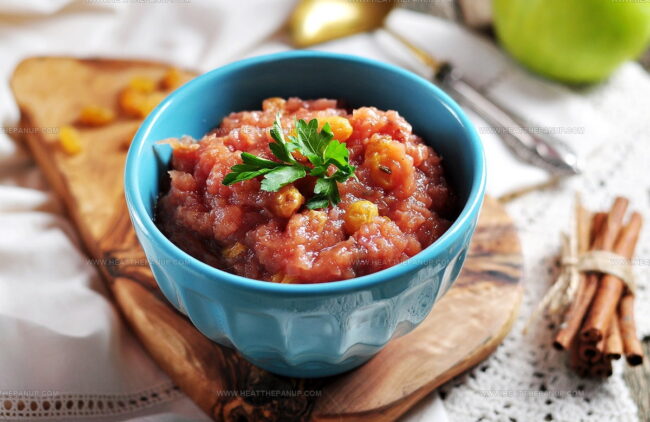
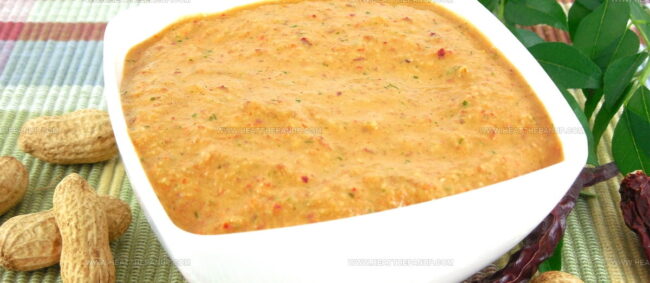

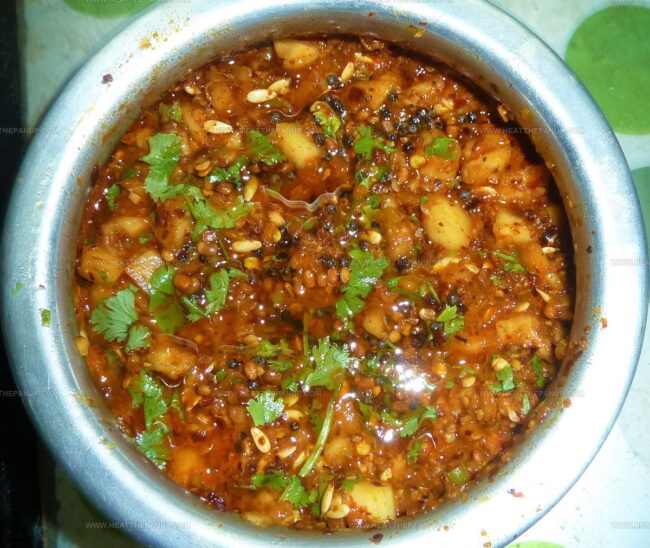
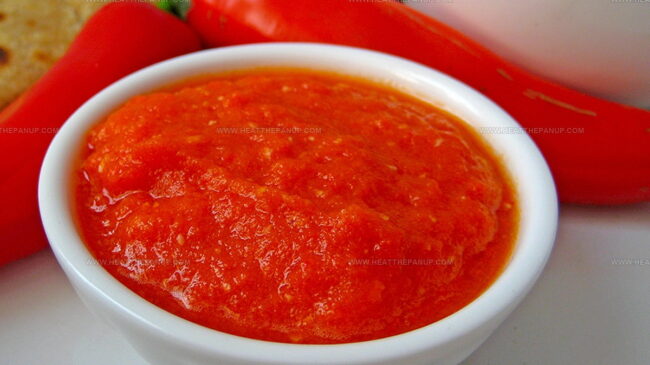
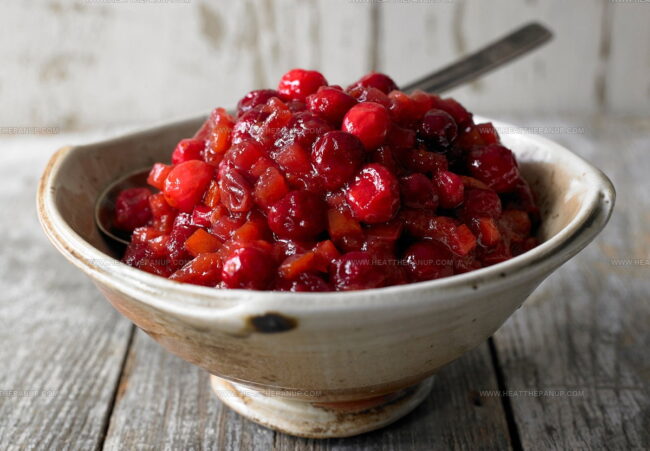
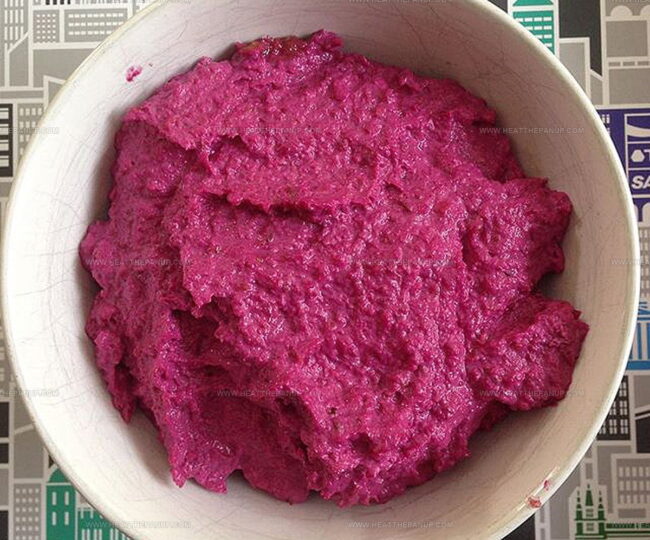
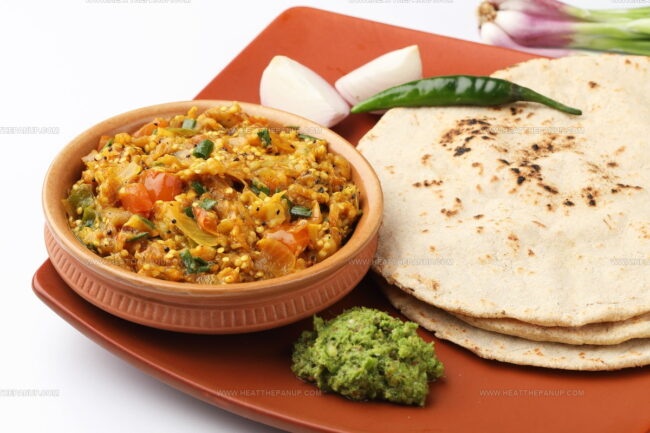
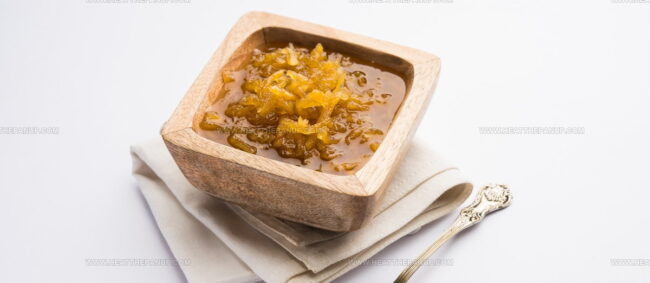
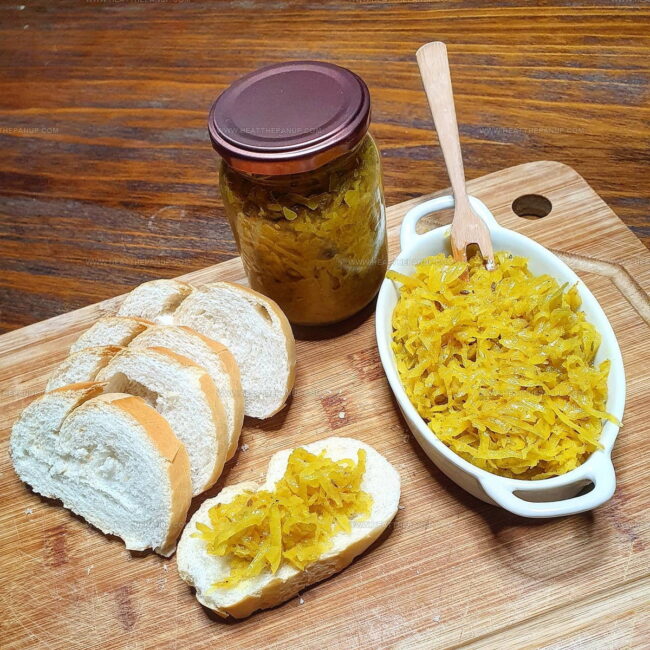
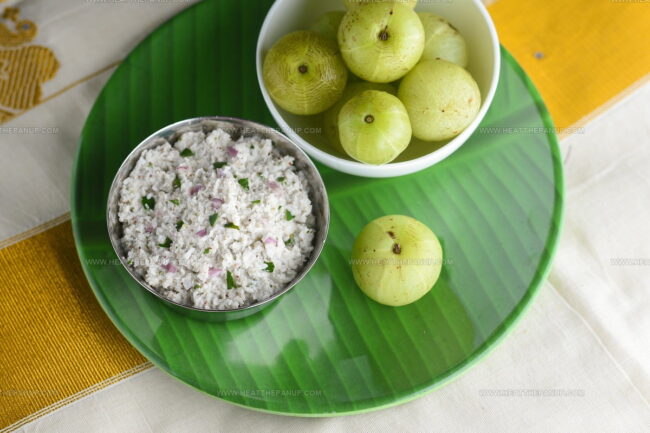
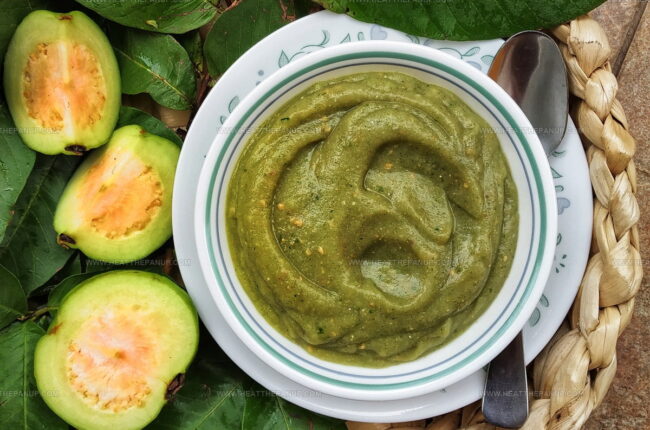
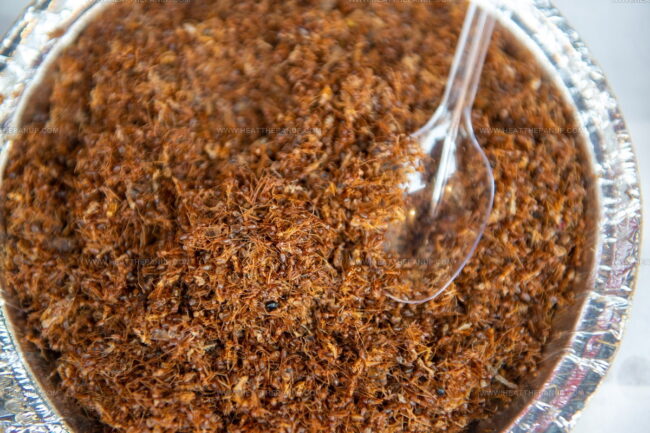
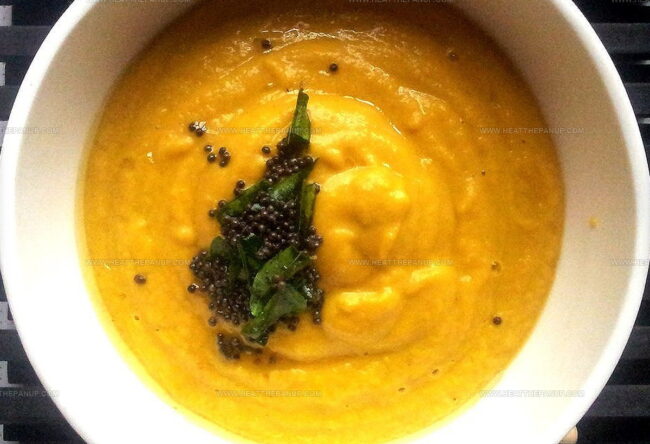
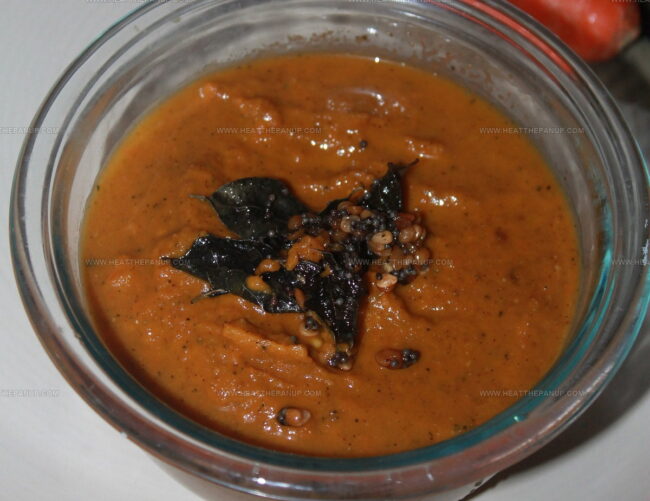
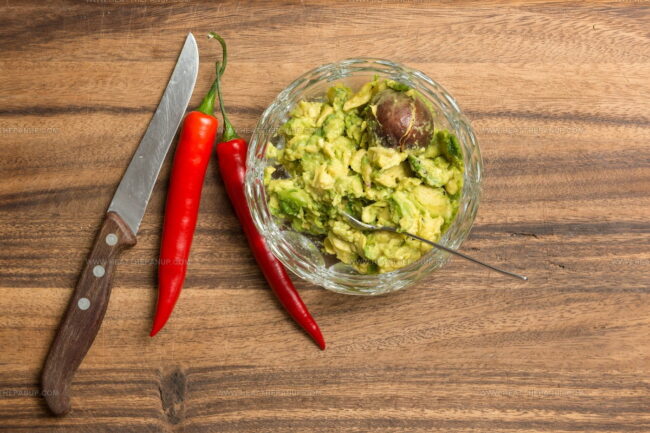

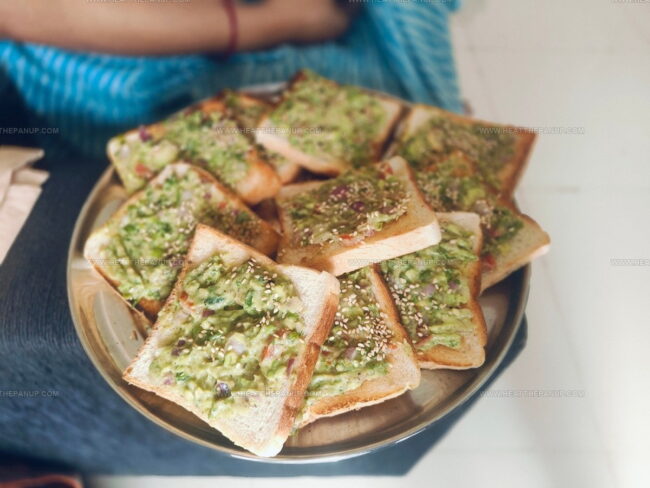
Angelina Wiles
Content Editor & Culinary Enthusiast
Expertise
Food Writing and Editing, Vegetarian and Vegan Cuisine, Baking and Pastry Arts, Sustainable Cooking Practices
Education
Portland Community College
Certificate in Culinary Arts
Focus: Emphasis on sustainable cooking practices, vegetarian cuisine, and food writing.
Oregon Culinary Institute
Diploma in Baking and Pastry Arts
Focus: Specialized training in artisanal baking, pastry techniques, and dessert presentation.
Angelina’s love for cooking started with handwritten family recipes and weekend trips to farmers’ markets around Portland. She followed her passion with a Certificate in Culinary Arts from Portland Community College, then perfected her sweet side with a Diploma in Baking and Pastry Arts at Oregon Culinary Institute.
Angelina believes recipes should feel like a conversation, not a science project. She’s all about helping readers trust themselves in the kitchen with simple steps, fresh ideas, and easy twists on classic meals.
When she’s not editing recipes, she’s baking bread, sipping coffee, or getting inspired by the changing seasons.